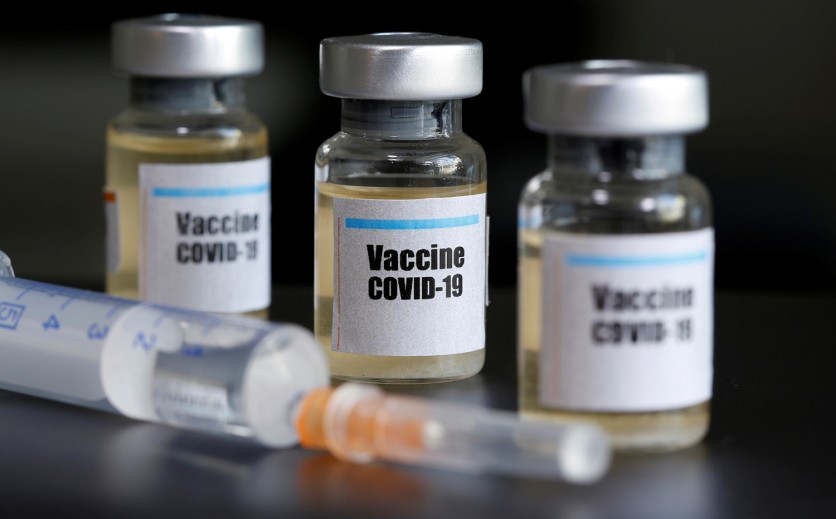The coronavirus pandemic has been widely destructive. It is not only a grave health issue but also affecting the economy and society as a whole.
However, after five months since the first case is reported in Wuhan, China, no vaccine or cure is yet available to cure the illness.
Since time is the essence, a group of researchers tested 47 existing drugs in search of the cure against COVID-19, instead of formulating a brand new medicine.

Small bottles labeled with a "Vaccine COVID-19" sticker and a medical syringe are seen in this illustration taken taken April 10, 2020.
What do we know about coronavirus?
Knowing that "the coronavirus attaches, invades and hijacks human cells" makes searching for the cure more effective.
Professor and Director of Quantitative Biosciences Institute Nevan Krogan and his colleagues built a coronavirus map two months ago.
"The map shows all of the coronavirus proteins and all of the proteins found in the human body that those viral proteins could interact with," said Krogan, who is also the Senior Investigator at the Gladstone Institutes, University of California, San Francisco.
The researchers at the University of California, San Francisco, called the QCRG, look at an intersection between viral and human proteins is where drugs could fight the coronavirus. They believe that from the long list of 2,000 unique drugs already approved by the FDA for human use, there would be few drugs or compounds that react to human proteins similarly as the coronavirus.
Our multidisciplinary team has identified 69 existing drugs and compounds with the potential to treat COVID-19. We then began shipping boxes of these drugs off to Institut Pasteur in Paris and Mount Sinai in New York since last month.
"During the last four weeks, we have tested 47 of these drugs and compounds in the lab against live coronavirus," Krogan said.
"I'm happy to report we've identified some strong treatment leads and identified two separate mechanisms for how these drugs affect SARS-CoV-2 infection".
The research findings were published on April 30 in the journal Nature.
"Disrupt the translation"
When going through the map, several viral proteins interacted with human proteins, while some drugs interacted with these proteins. After a series of tests, two compounds were found to disrupt the translation of the virus.
These compounds are called ternatin-4 and zotatifin, which are both used to treat multiple myeloma. They also seem to fight coronavirus "by binding to and inhibiting proteins in the cell that are needed for translation."
Similarly, plitidepsin has the same molecule to ternatin-4 and is undergoing a clinical trial to treat COVID-19. Zotatifin, on the other hand, hits a different protein in translation. Krogan's team is currently working with the manufacturer's CEO to get it into clinical trials soon.
Cell receptors
There is another group of drugs that work differently. These are sigma receptors.
Cell receptors found both inside and on the surface of cells act like switches. When a specific molecule binds to a receptor, the former tells a cell to do a specific task. For instance, viruses use receptors to infect cells.
Two promising MV cell receptors are identified for drug treatments, SigmaR1 and SigmaR2. After doing tests, researchers' suspicions were confirmed.
There are seven drugs or molecules that interact with these receptors showed antiviral activity. These include two antipsychotics (haloperidol and melperone) for treating schizophrenia, two antihistamines (clemastine and cloperastine), the compound PB28, the female hormone progesterone, and dextromethorphan compound, which is found in common cough suppressants.
However, the last compound does the opposite as its presence helps the virus. When infected cells were tested with this compound, the virus was able to replicate more easily. This is potentially a very important finding, but more tests are required to further determine if this ingredient should be avoided by COVID-19 patients.
Overall, further clinical trials before the FDA should conclude whether any of these drugs are useful to treat coronavirus.
ⓒ 2025 TECHTIMES.com All rights reserved. Do not reproduce without permission.




